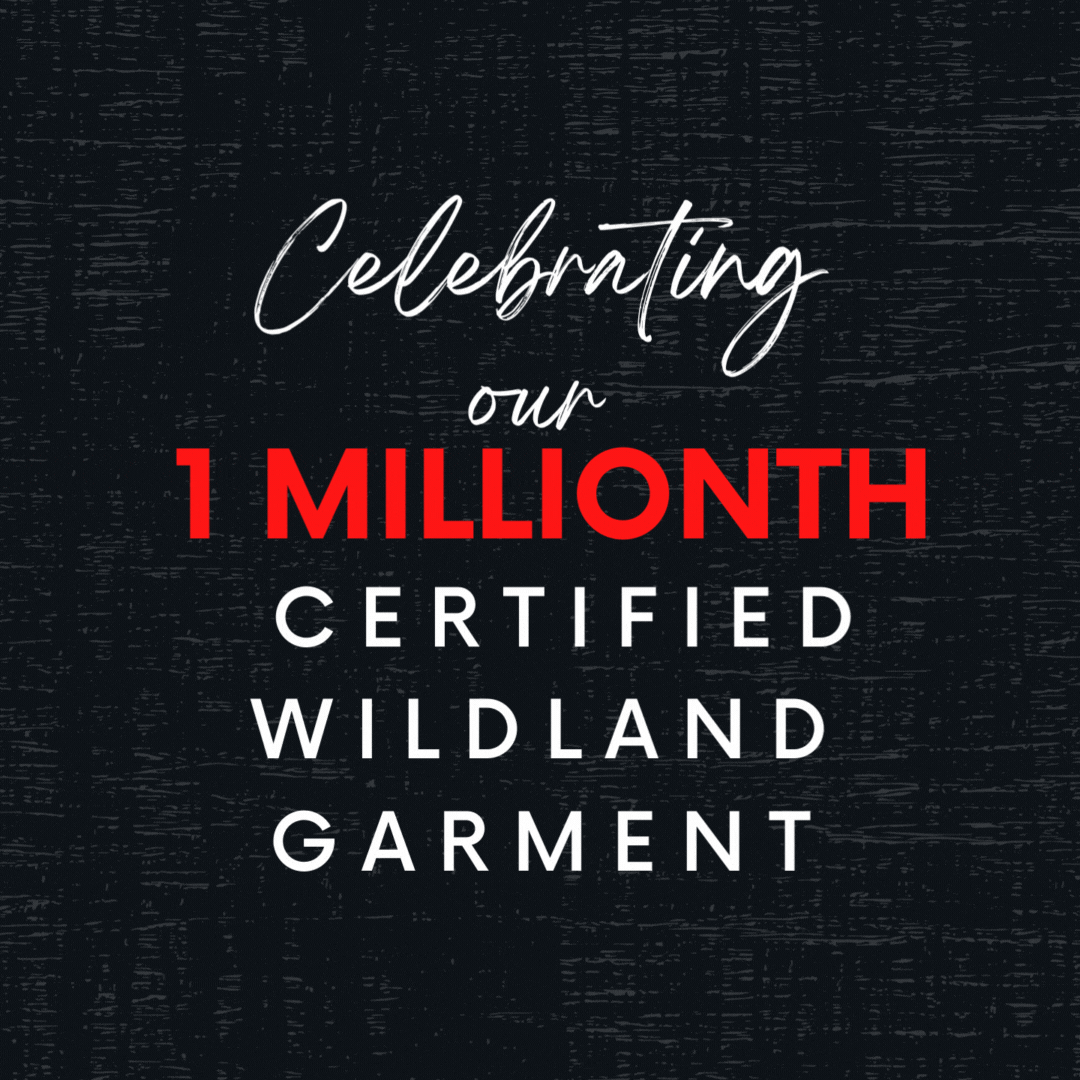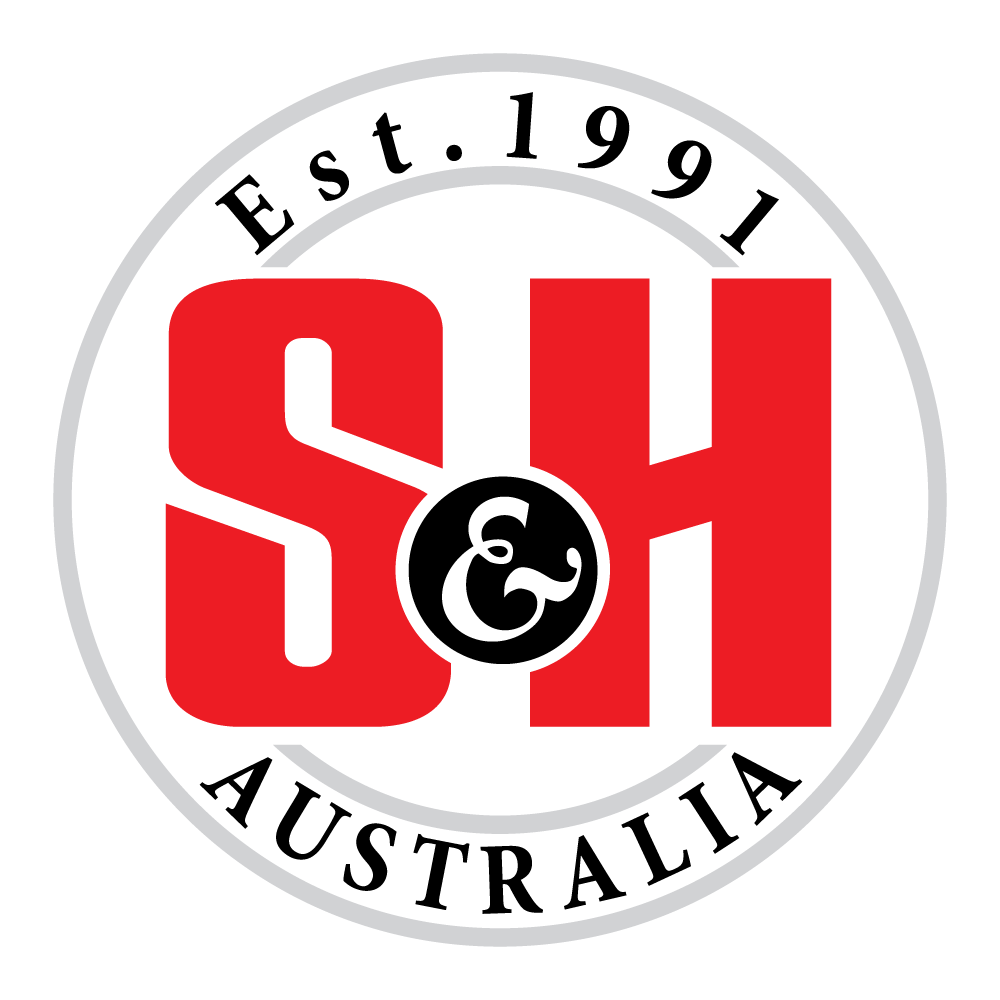1,000,000 Certified Wildland Garments

Today we celebrate our 1 millionth certified garment. Thank you to all our customers and suppliers. A Major Milestone for S&H……..1,000,000 Certified Wildland Garments!
In July 2022, a significant milestone was reached for Stewart & Heaton Clothing Co. Pty Ltd (S&H) with the manufacture of its one millionth Certified Wildland Firefighting Garment. This milestone is significant not only for S&H but also for the Certified Products Program adopted by the Australasian Fire & Emergency Services sector. The journey to this milestone began many years ago, according to S&H’s Managing Director, Simon Stewart. “When we first started working with fire and land management agencies in the early 1990s, firefighters were essentially wearing yellow coloured cotton mechanics one-piece coveralls. It was thought back then that 100% cotton was all that was required to keep a firefighter safe. These garments did not contain any flame retardant properties, and there were no industry standards that advised otherwise.
S&H began working with the Agencies to design garments that reflected the principal risks that wildland (Bush Fire back then!) firefighters faced, and that was flame ignition of the apparel and metabolic heat buildup. These design principles also called upon the work done by Professor Budd at CSIRO. Consequently, S&H created and designed the garments to be loose-fitting with vents and bellows incorporated within the garment to assist with air circulation. In time, high visibility reflective trims were introduced into the garment designs to improve day and night visibility for the wearer.
A significant leap forward for all firefighters, particularly female firefighters, was the introduction of the two-piece ensemble. According to S&H’s National Manager Specialist Apparel, Steve Molloy, “the two-piece revolutionised fit and comfort for the firefighters. It enabled the wearer to dress up for front-line offensive firefighting or dress down for mop-up and control activities. This design enabled the firefighter to dispel the buildup of metabolic heat very quickly. When initially offered, coveralls still outsold the two-piece by three to one. However, it was not long before that ratio was reversed and only a few more years before some major agencies began withdrawing the coverall. Another game changer was the introduction of “soft” Proban. Many in the industry will recall the old Proban garments that were as stiff as a board. When the Australian supplier of this fabric went into liquidation, S&H searched the world for alternative fabric options and established a relationship with a UK mill who were leaders in softer finishes…..suddenly, Proban was light and comfortable”!
S&H continues to be at the forefront of developing high-performance fabrics that service the needs of our firefighting industry. S&H has worked with several mills within Australia and across the globe to introduce innovative materials that provide enhanced solutions which address comfort, durability, protection and value for money.
As several innovations were being introduced during the late 90s and early 2000s, there was a recognition of the need to develop industry standards for both Wildland and Structural firefighting garments. A standards committee was established to look initially at the Wildland Standard. One of the key drivers of this initiative was Richard Donarski, the then Engineering Services Manager, NSW Rural FireS Service (now National Compliance Director, CertMark International).
Until 1994, our Wildland and Structural firefighters were still suffering a range of burn and heat stress-related injuries each year, including some fatalities. According to Richard, “the development of fire industry protective clothing standards was essential in enhancing firefighter safety”. This led to S&H’s significant contributor to the fire services in evaluating Wildland and Structural firefighter garment design and materials. During this period, S&H, in conjunction with the NSW Rural Fire Service, NSW Fire Brigade and other fire services, worked closely together to develop a range of different garment designs which also incorporated different material specifications. S&H also participated in world-leading flame impingement manikin testing with the NSW Rural Fire Service and NSW Fire Brigades in the USA of these prototype Australian-designed garments.
For instance, this manikin testing in the USA confirmed that the 100% (non-FR treated) cotton one-piece coveralls used in Australia when impacted by fire continued to burn after the fire impact had been removed to the point that the whole garment was destroyed.
The results of this testing led to a new generation of Wildland and Structural firefighters garment designs being adopted across Australia, New Zealand and other countries worldwide.
There was also a need for creating and setting minimum performance standards not only within Australia & New Zealand but also globally through the International Standards Organisation (ISO) for firefighters’ protective clothing, and S&H worked closely with all stakeholders, including unions, volunteer associations, fire agencies and industry to develop these standards.
S&H participated on the Standards Australia Committees in the subsequent publication in 2001 of Australian/New Zealand Standard for Wildland firefighter protective clothing AS/NZS 4824 and Structural firefighters protective clothing AS/NZS 4967. Following the publication of these standards, S&H was also involved in the development of a new ISO standard for Wildland firefighters’ protective clothing, ISO 15384, which has also been adopted as a common EN/ISO standard, EN ISO 15384, as well as ISO 16073-3 and Structural firefighters protective clothing standard ISO 11999-3. S&H is still an active member of the Standards Australia Committees involved in the ongoing development and updating of not only Australia and New Zealand but also ISO firefighter’s protective clothing standards.
Once these standards were published, S&H worked with Product Certification Bodies to implement a product certification program for the firefighter’s protective clothing that we were manufacturing to the newly published standards. This program required not only the testing, monitoring and recording of all raw materials but also an audit of the manufacturing facility on an annual basis.
According to Simon Stewart, S&H embraced this challenge and is very proud that they were the first company in Australia to be Certified to AS/NZS 4824 and the Structural Standard AS/NZS 4967, which followed soon after.
Over the last 30 odd years, S&H has maintained a strong bond with the Wildland and Structural firefighting sector. According to Simon Stewart, “it’s where we started, and it continues to be a core part of our business. We have been fortunate to work with our committed supply chain partners in servicing a critical part of the emergency services and land management sectors. Whilst the manufacture of the millionth certified garment is a significant milestone, the reality is we most likely manufactured a similar number before the establishment of the Certified Products scheme. The Certified Product Certification Program was unquestionably a great leap forward for the fire sector, and we are delighted to have played a part in its adoption.”
S&H is exceptionally proud of our involvement in developing new standards and garment designs for Wildland and Structural firefighters, which has directly led to improving firefighter safety and minimising fatalities.
